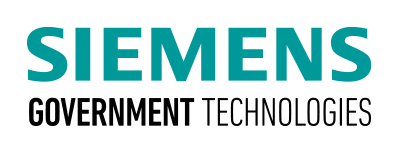In 2018, the Navy established the Shipyard Infrastructure Optimization Program (SIOP) to modernize and enhance the efficiency of four public shipyards to better support fleet readiness. As part of this initiative, the Navy developed the world’s largest known digital twin of an industrial facility. Through real-time monitoring, simulation, and analysis of shipyard processes and infrastructure, the digital twin provides critical insight into how the Navy can optimize workflows, predict maintenance needs, and streamline the coordination of resources and personnel. This approach not only improves operational efficiency and reduces downtime but also facilitates data-driven decision-making, leading to more effective and timely ship repairs and upgrades.
The Air Force B-21 bomber stands as another example of how digital engineering enables the development of cutting-edge technologies and advanced aircraft in a fraction of the time. “Born digital,” the B-21 was developed using digital engineering and digital tools that enabled the team to quickly iterate designs, conduct rapid testing, and address issues early in the development process. As a result, the B-21 progressed from design to flight in just 8 years. In addition, the Air Force invested in a digital ecosystem throughout the aircraft’s lifecycle. From training and augmented reality tools allowing technicians to visualize tasks and solve problems before ever touching the plane, to easing integration of supplier parts, the digital ecosystem reduces risk, improves efficiency, and ensures the aircraft can be upgraded over the next 30 to 50 years to meet future military needs.
Similarly, the U.S. Army’s XM30 Combat Vehicle Program is developing the next generation of armored combat vehicles using a “born digital approach.” To expedite the manufacturing and fielding of new combat vehicles, which has historically taken almost two decades, the Army is using an integrated digital environment with digital twin simulations. Allowing for comprehensive testing and refinement before physical prototypes are built, the digital approach not only accelerates development, acquisition, production, and fielding, but yields a more robust and versatile combat vehicle adaptable for future challenges.
